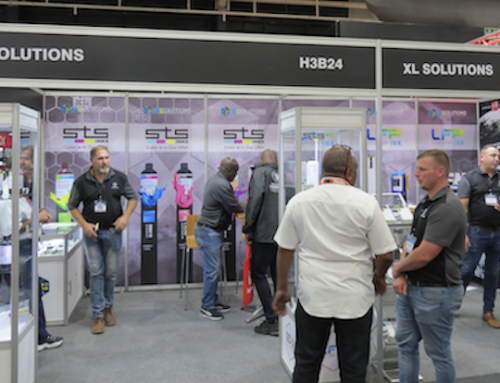John Tschohl of the Service Quality Institute elaborates on the concept of service recovery, including acting quickly, taking responsibility and being empowered.
Not many companies practice the magic of Service Recovery. The magic in service recovery occurs when a frontline employee solves a customer’s problem and does so in 60 seconds or less. Acting quickly, taking responsibility, making an empowered decision, and compensating the customer will result in customer loyalty that will increase your sales and profits and help to ensure your success in an increasingly competitive world.
In today’s fast-paced world, we need service recovery in almost everywhere we go, from the grocery store, to our banks (everyone has had a problem here), to our cable (very frustrating), to service providers at home and so on. It’s frustrating and customers can vent their problems and dissatisfaction in person, on the phone, on the internet, and to their friends and family.
But, the exact opposite is true also if the magic of Service Recovery is used. Service recovery can have a major impact on an organisation’s bottom line with word-of-mouth advertising as customers tell their family, friends, and coworkers about the exceptional service they received from your company. Including compliments and ‘Atta-boys’ up on the internet, they recognise you and call you by name. More magic happens when internet providers make up for their screw-ups by providing a free month subscription. Grocery stores offer free replacement food items or free delivery…it’s magic!
Service recovery is putting a smile on a customer’s face after you’ve screwed up. Now it may not be your fault, but it is your problem. How you handle those mistakes is what separates you from the rest of the pack, and keeps customers for life.
I have developed the following four techniques for providing quality service recovery:
• Act quickly. You must acknowledge the mistake within 60 seconds. That’s when the magic happens. The employee at the point of contact is the person in the best position to successfully implement service recovery. When problems and mistakes are moved up the chain of command, they not only cost the organisation more in time and money to deal with it, but the delay quickly increases the customer’s level of frustration and anger. Front-line employees should have the power to resolve more than 95 percent of customer issues without having to pass the customer on to another person.
• Take responsibility. No matter who is at fault, you must own the mistake and sincerely apologise. Don’t place the blame on someone else; the customer doesn’t care whose fault it was, he merely wants it rectified. It’s also important to thank the customer for pointing out the problem and for giving you the opportunity to correct it. It works like magic.
• Be empowered. Employees aren’t making empowered decisions mainly because they’re afraid they’re going to be reprimanded, fired, or have to pay for whatever they give the customer. Empowerment is the backbone of service recovery, and organisations that truly want to serve the customers and retain their business must not only allow, but insist, that employees bend and break the rules in order to keep those customers coming back. They are your magicians.
• Compensate. Give away something that has high value and low cost. You must give the customer something of value, something that will impress the customer and give them the feeling that you really do value their business. Every company has something that doesn’t cost a lot but has value in the eyes of the customer. An airline can upgrade a passenger to first class. A ski resort can give a free lift ticket. A computer repair store can extend the customer’s warranty by a year. It’s the magic of making things right and making things better.
Practise the magic every day when customers confront you with a situation or problem. No business can afford to lose customers, if only because it costs much more to replace a customer than it does to retain one – five times more. Those that go out of their way to please customers and correct problems or screw-ups will soon have more customers than their competition. Here’s more magic – according to a study by the Wharton School, reducing customer attrition by 5 to 10 percent can increase annual profits by as much as 75 percent…the stakes are high.
Read the top 5 stories weekly on WhatsApp or sign up to our newsletter.
John Tschohl www.johntschohl.com







